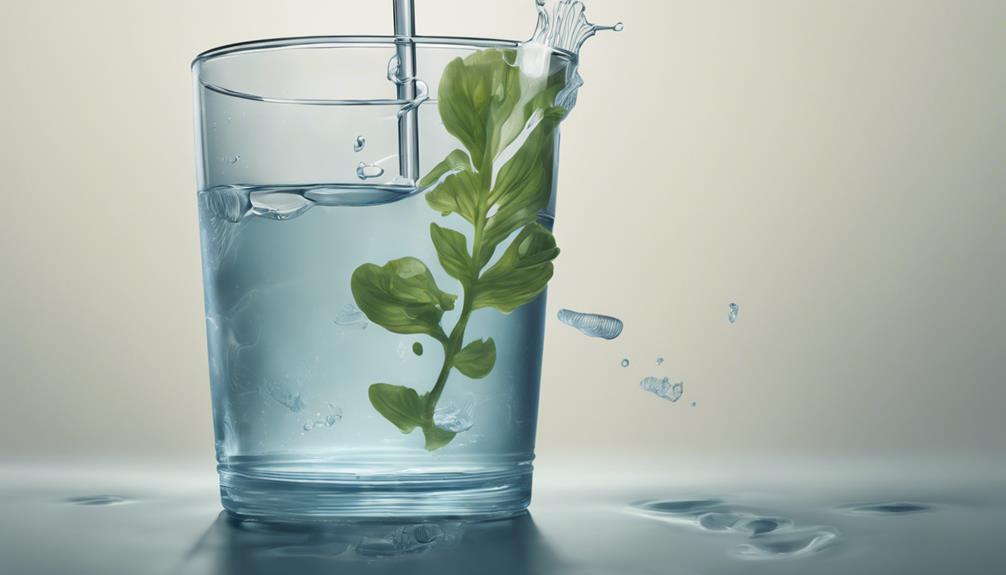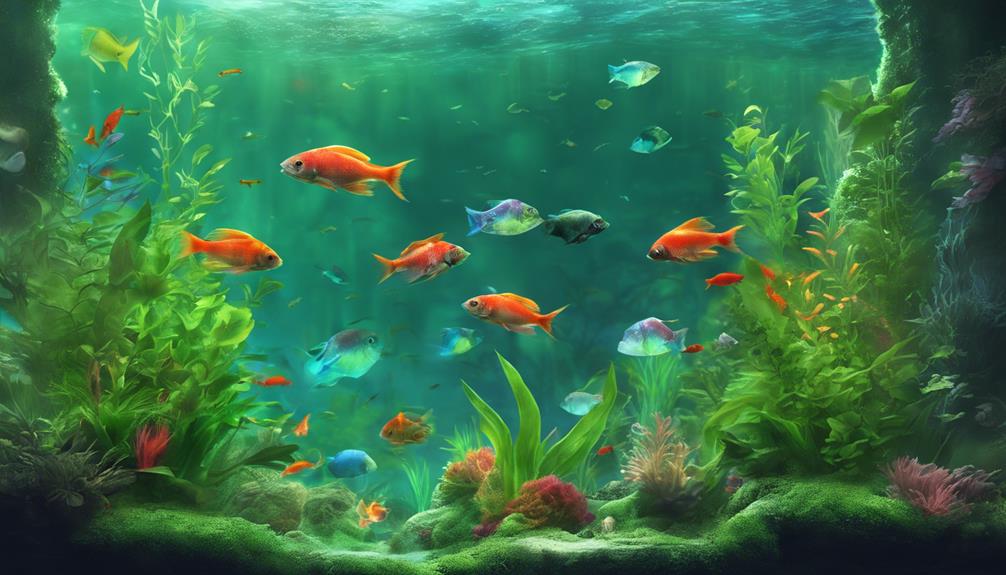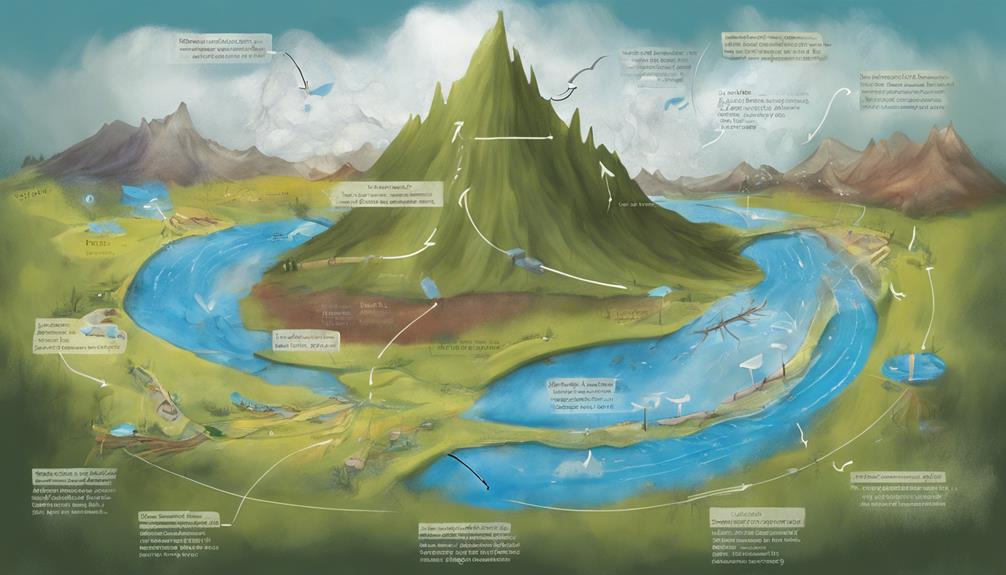As the environmental impact of plastics continues to garner global attention, a pivotal question arises regarding PLA's behavior in water: does it dissolve or decompose? This inquiry explores the intricate process of biodegradation that sets PLA apart from conventional plastics. Understanding how PLA interacts with water sheds light on its sustainability profile and potential implications for aquatic ecosystems. By examining the fate of PLA in water, we uncover a narrative that goes beyond mere dissolution, offering a compelling perspective on the intricate relationship between bioplastics and our environment.
PLA's Biodegradability in Water

In aquatic environments, PLA, a bioplastic derived from plant sources such as potatoes and corn, exhibits accelerated biodegradation compared to conventional petrochemical plastics. Factors like UV light, temperature, organic matter, and mineral salts contribute to hastening PLA's degradation in water.
While PLA does not dissolve in pure water, its hygroscopic nature can lead to swelling. Water at approximately 70 degrees Celsius can expedite the breakdown of PLA prints.
It is important to mention that PLA prints can endure in water for over three years without significant decomposition if shielded from constant sunlight exposure. Understanding these dynamics is essential for comprehending PLA's behavior and environmental impact in aquatic settings.
Managing Water Absorption in PLA
How can PLA users effectively control moisture absorption to maintain print quality and durability?
PLA's mild hygroscopic nature makes it susceptible to moisture absorption, leading to issues like swelling, brittleness, and compromised print quality.
To prevent this, proper storage in sealed containers or with desiccants is essential.
Additionally, techniques such as printing thicker layers, over extruding, adding more perimeters, simplifying designs, and using wax for waterproofing can help make PLA prints more resistant to water damage.
PLA Considerations for Aquariums

Considering the unique properties of PLA and its compatibility with aquatic environments, wise selection and usage of PLA in aquarium settings are essential for long-term sustainability.
PLA is a non-toxic bioplastic suitable for aquarium use, making it a popular choice among hobbyists. It is important to choose food-safe PLA to avoid harmful additives present in some filaments.
When using PLA in fish tanks, it is recommended to avoid composite materials like flex PLA or glow-in-the-dark variants. Opting for natural or white PLA is advisable for aquarium prints to maintain a visually appealing and safe environment for aquatic life.
However, it is important to note that PLA in fish tanks will biodegrade over time due to the unique conditions present in aquatic settings.
Author Insights and Recommendations
The insights and recommendations provided by author Facundo Arceo offer valuable guidance for exploring the world of 3D printing. Arceo, with his experience in 3D printing, has curated a selection of 3D printers for beginners, intermediates, and experts. He has also tested filaments and upgrades to reduce confusion for users, focusing on helping readers navigate challenges in their 3D printing journey. Arceo's recommended products are chosen based on performance and reliability. For those delving into the domain of 3D printing, Arceo's insights can serve as a compass in the vast sea of options.
| Recommendations Column 1 | Recommendations Column 2 |
|---|---|
| Curated 3D Printers | Tested Filaments |
| Beginners, Intermediates, and Experts | Reduced User Confusion |
| Performance and Reliability | Navigation Assistance |
Encouraging Reader Participation

To foster a dynamic exchange of ideas and experiences, reader engagement is pivotal in enriching the discourse on PLA's interaction with water. Encouraging participation through comments allows for a diverse range of perspectives and insights to be shared.
Readers can contribute their firsthand experiences, tips, and challenges faced when dealing with PLA in aquatic environments. By providing a platform for interaction, the article not only becomes a source of information but also a hub for a community to connect and learn from each other.
This engagement fosters a deeper understanding of PLA's behavior in water and enables readers to make more informed decisions regarding its usage and potential environmental impact.
Frequently Asked Questions
Can PLA Prints Be Safely Composted at Home?
PLA prints can be safely composted at home under controlled conditions. Proper composting requires a mix of carbon and nitrogen, adequate moisture, and aeration. Composting PLA can take around 6-12 months, contributing to sustainable waste management practices.
Does Water Hardness Affect PLA Degradation?
Water hardness does not have a substantial impact on PLA degradation. However, factors like temperature, UV light, and organic matter play a more prominent role. PLA's behavior in water is influenced by various elements, with hardness being a minor consideration.
What Are the Effects of Long-Term Water Submersion on Pla?
Long-term water submersion can impact PLA by potentially accelerating its degradation due to factors like temperature, presence of organic matter, and exposure to UV light. Proper storage and avoiding constant sunlight can help maintain PLA integrity.
Is There a Specific Temperature Range That Accelerates PLA Breakdown?
Within a specific temperature range, PLA breakdown accelerates, impacting its properties. Understanding these thresholds aids in managing PLA's performance in various applications. Temperature control plays an essential role in optimizing PLA's behavior in diverse environments.
Are There Any Special Considerations When Using PLA in Outdoor Water Features?
Special considerations for using PLA in outdoor water features include UV exposure, temperature variations, and moisture levels. Proper sealing, incorporating UV-resistant additives, and monitoring for degradation are essential to maintain PLA integrity in such environments.
Conclusion
In the vast ocean of plastics, PLA stands out as a beacon of hope, gracefully embracing the waters of biodegradation. Like a gentle wave breaking down on the shore, PLA dissolves into natural compounds, leaving behind no harmful residues.
Its eco-friendly nature shines brightly, illuminating a path towards a more sustainable future for our aquatic environments. Let us continue to champion PLA's water fate, guiding it towards a harmonious coexistence with nature.